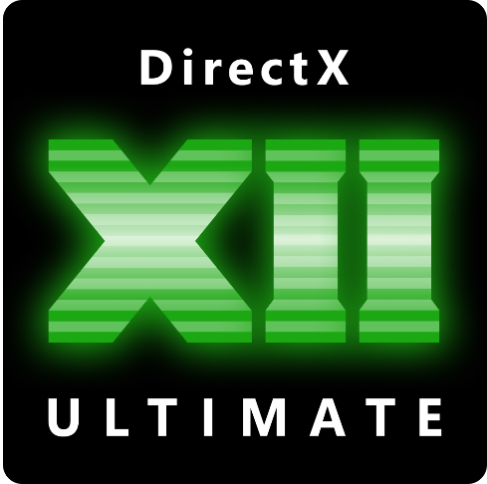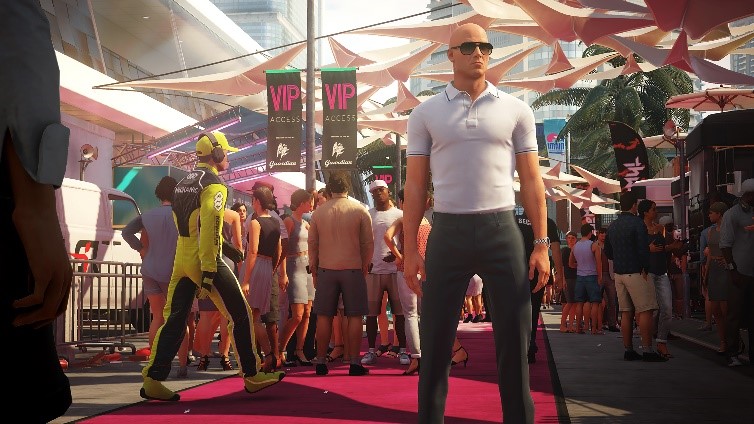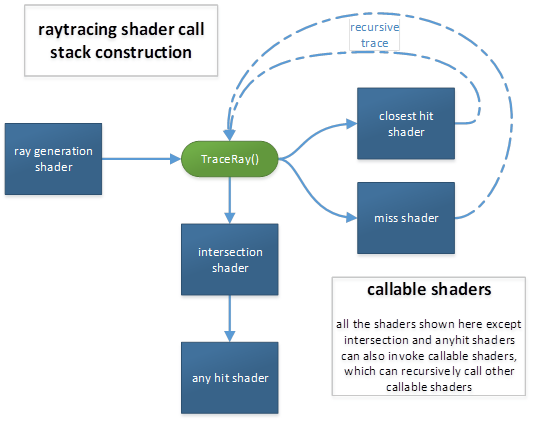DirectX Developer Blog
The latest news on Microsoft's Graphics and Display technology
Latest posts

OS Variable Refresh Rate
[Updated June 13th to clarify support for FreeSync] With Windows Version 1903, we have added a new toggle in Graphics Settings for variable refresh rate. Variable refresh rate (VRR) is similar to NVIDIA’s G-SYNC, AMD's FreeSync, and VESA DisplayPort Adaptive-Sync. This new OS support is only to augment these experiences and does not replace them. You should continue to use G-SYNC / FreeSync / Adaptive-Sync normally. This toggle doesn’t override any of the settings you’ve already configured in the G-SYNC, FreeSync, or Adaptive-Sync control panels. This new toggle enables VRR support for DX11 full-screen g...

DirectX 12 boosts performance of HITMAN 2
Our partners at IO Interactive, the developers of the award-winning HITMAN franchise, recently added DirectX 12 support to HITMAN 2, with impressive results. IO Interactive was so excited that they wanted to share a bit about how their innovative use of DirectX 12 benefits HITMAN gamers everywhere. The guest post below is from IO Interactive: DirectX 12 boosts performance of HITMAN 2 by Brian Rasmussen, Technical Producer, IO Interactive With the latest update HITMAN 2 is available for DirectX 12 and users report improved performance in many cases. HITMAN 2 is a great candidate for taking advantage of Di...

New in D3D12 – background shader optimizations
tl;dr; In the next update to Windows, codenamed 19H1, D3D12 will allow drivers to use idle priority background CPU threads to dynamically recompile shader programs. This can improve GPU performance by specializing shader code to better match details of the hardware it is running on and/or the context in which it is being used. Developers don’t have to do anything to benefit from this feature – as drivers start to use it, existing shaders will automatically be tuned more efficiently. But developers who are profiling their code may wish to use the new SetBackgroundProcessingMode API to control how and when these o...

DirectX engineering specs published
Engineering specs for a number of DirectX features, including DirectX Raytracing, Variable Rate Shading, and all of D3D11, are now available at https://microsoft.github.io/DirectX-Specs. This supplements the official API documentation with an extra level of detail that can be useful to expert developers. The specs are licensed under Creative Commons. We welcome contributions to clarify, add missing detail, or better organize the material.

New in D3D12 – GPU-Based Validation (GBV) is now available for Shader Model 6.x
In the next update to Windows, codenamed 19H1, the DirectX12 debug layer adds support for GPU-based validation (GBV) of shader model 6.x (DXIL) as well as the previously supported shader model 5.x (DXBC). GBV is a GPU timeline validation that modifies and injects validation instructions directly into application shaders. It can provide more detailed validation than is possible using CPU validation alone. In previous Windows releases, GBV modified DXBC shaders to provide validations such as resource state tracking, out-of-bound buffer accesses, uninitialized resource and descriptor bindings, and resource promot...

New in D3D12 – DirectX Raytracing (DXR) now supports library subobjects
In the next update to Windows, codenamed 19H1, developers can specify DXR state subobjects inside a DXIL library. This provides an easier, flexible, and modular way of defining raytracing state, removing the need for repetitive boilerplate C++ code. This usability improvement was driven by feedback from early adopters of the API, so thanks to all those who took the time to share your experiences with us! The D3D12RaytracingLibrarySubobjects sample illustrates using library subobjects in an application. What are library subobjects? Library subobjects are a way to configure raytracing pipeline state by definin...

DirectML at GDC 2019
Introduction Last year at GDC, we shared our excitement about the many possibilities for using machine learning in game development. If you’re unfamiliar with machine learning or neural networks, I strongly encourage you to check out our blog post from last year, which is a primer for many of the topics discussed in this post. This year, we’re furthering our commitment to enable ML in games by making DirectML publicly available for the first time. We continuously engage with our customers and heard the need for a GPU-inferencing API that gives developers more control over their workloads to make integration w...

Variable Rate Shading: a scalpel in a world of sledgehammers
One of the sides in the picture below is 14% faster when rendered on the same hardware, thanks to a new graphics feature available only on DirectX 12. Can you spot a difference in rendering quality? Neither can we. Which is why we’re very excited to announce that DirectX 12 is the first graphics API to offer broad hardware support for Variable Rate Shading. What is Variable Rate Shading? In a nutshell, it’s a powerful new API that gives the developers the ability to use GPUs more intelligently. Let's explain. For each pixel in a screen, shaders are called to calculate the color this pixel should ...

World of Warcraft uses DirectX 12 running on Windows 7
Today, with game patch 8.1.5 for World of Warcraft: Battle for Azeroth, Blizzard becomes the first game developer to use DirectX 12 for Windows 7! Now, Windows 7 WoW gamers can run the game using DirectX 12 and enjoy a framerate boost.
